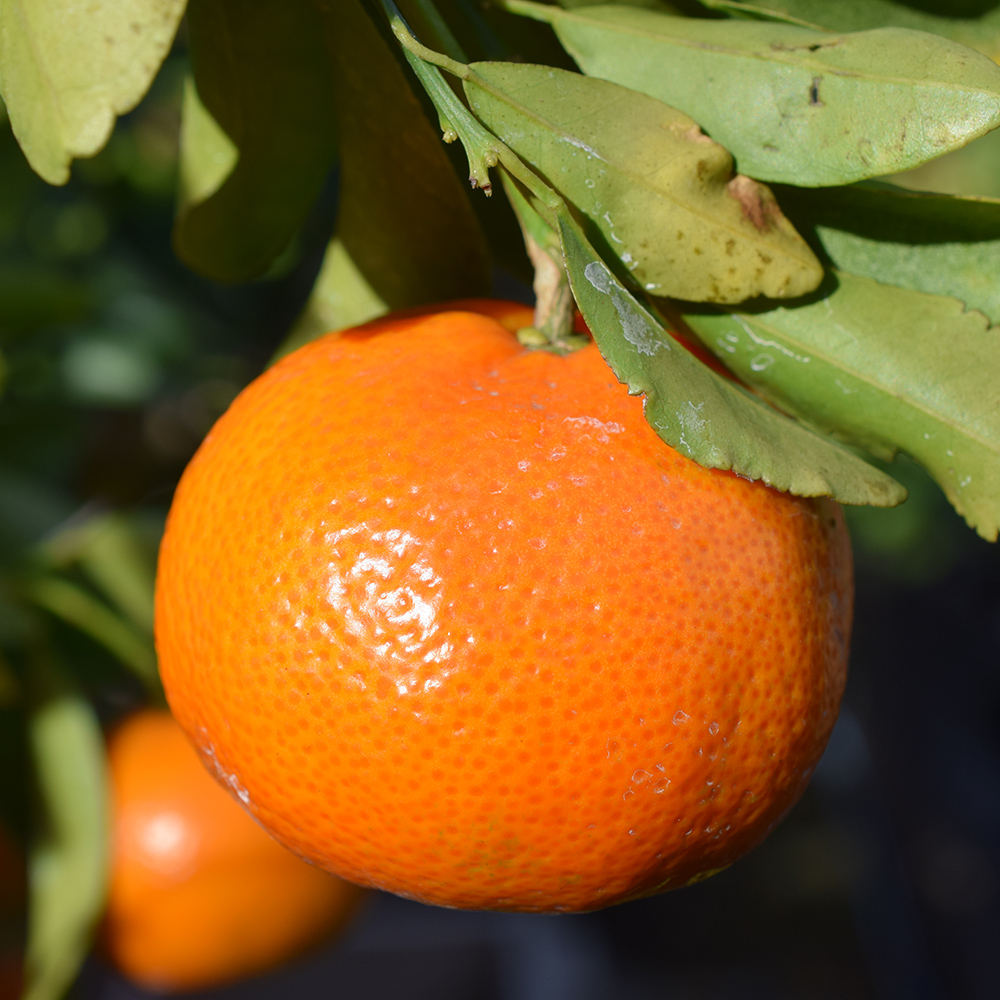
If your citrus trees seem less than vigorous lately, you should check them for signs of cottony cushion scale. This pest can cause serious damage to your trees. Luckily the problem is easy to spot, and nature often provides a very effective remedy for the problem.
What is cottony cushion scale? These insects prey upon citrus trees, often showing up during the cool season. They lay fluffy white eggs sacs, each holding 600 to 800 eggs, which are often undetected because they resemble flower buds. The larva feed on the foliage, twigs, and branches of the tree. When left untreated, the infestation can cause premature leaf and fruit drop. The insects also deposit sticky waste on the tree, called honeydew, which often attracts sooty black mold. This causes further damage to the tree.
What does cottony cushion scale look like? Check your tree carefully for cottony egg sacs. Maturing larvae also develop a cotton-like appearance. You may also notice the sticky honeydew coating your tree, or soot-textured mold if the problem is advanced. Ants are often attracted to the honeydew so if you see ants on the tree, look for the root cause.
How do I get rid of cottony cushion scale? As with any other gardening problem, prevention is the first step. Prune your trees’ canopies periodically, so that they aren’t providing the cool, humid environment preferred by these pests. In March and April, (and in Southern California when there is a “second spring” in October) examine your trees for the cottony egg sacs.
If you see small red larvae on the sacs, this is a good sign. Vedalia beetles are feeding on the eggs, and may take care of the problem for you. In about 4-6 weeks, the beetles have usually solved the infestation. If the beetles don’t show up by April, or they have been unsuccessful at killing all of your pests, you need to treat your trees with an insecticide spray. Look for formulas containing buprofezin or malathion, and follow the instructions on the label.
Remember: since insecticide sprays also kill your helpful vedalia beetles, these should only be used as a last resort. In most cases nature will provide the most effective remedy for cottony cushion scale, but always keep an eye on the problem and be ready to intervene if it’s absolutely necessary. Be sure to carefully follow the label for all insecticides used on trees that provide edible fruit!

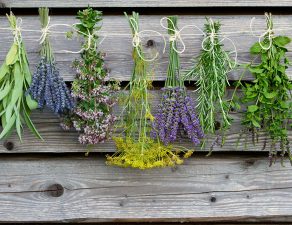
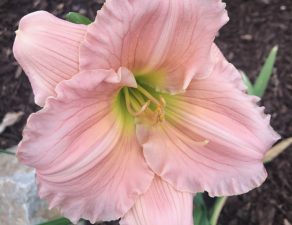
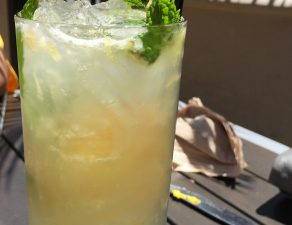

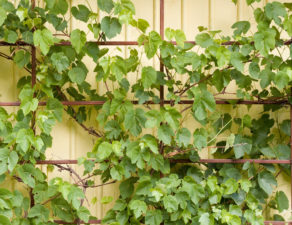
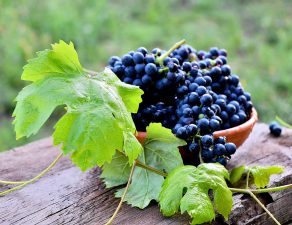
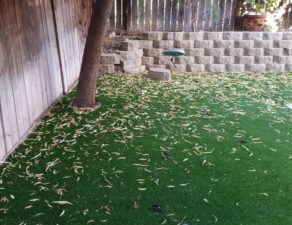
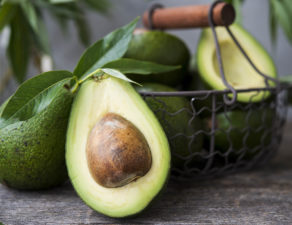
Write a comment: